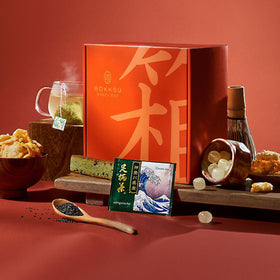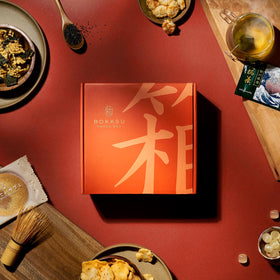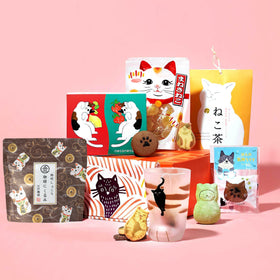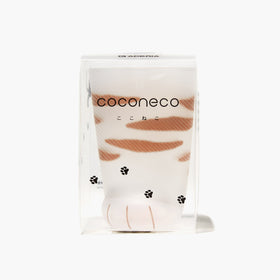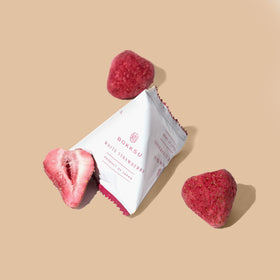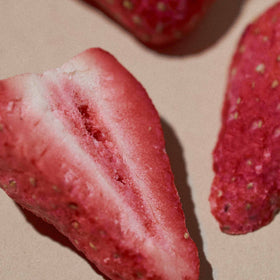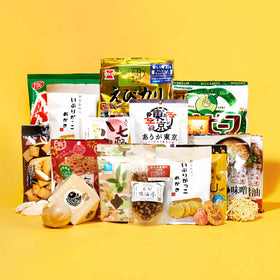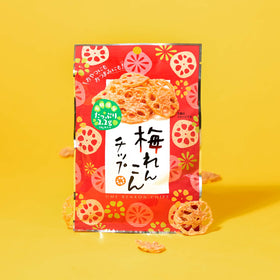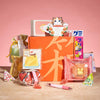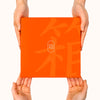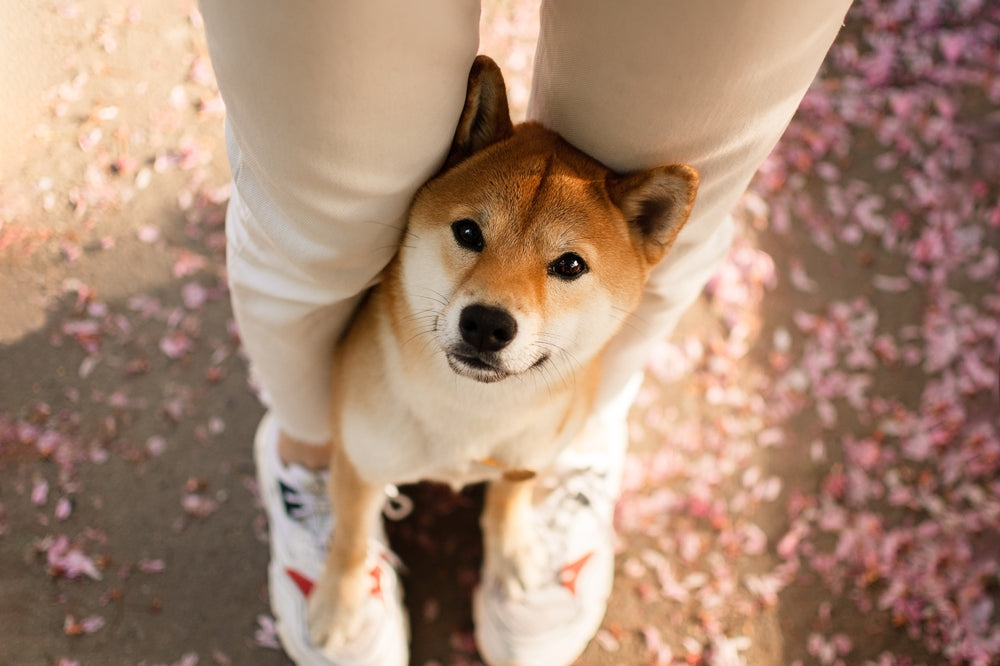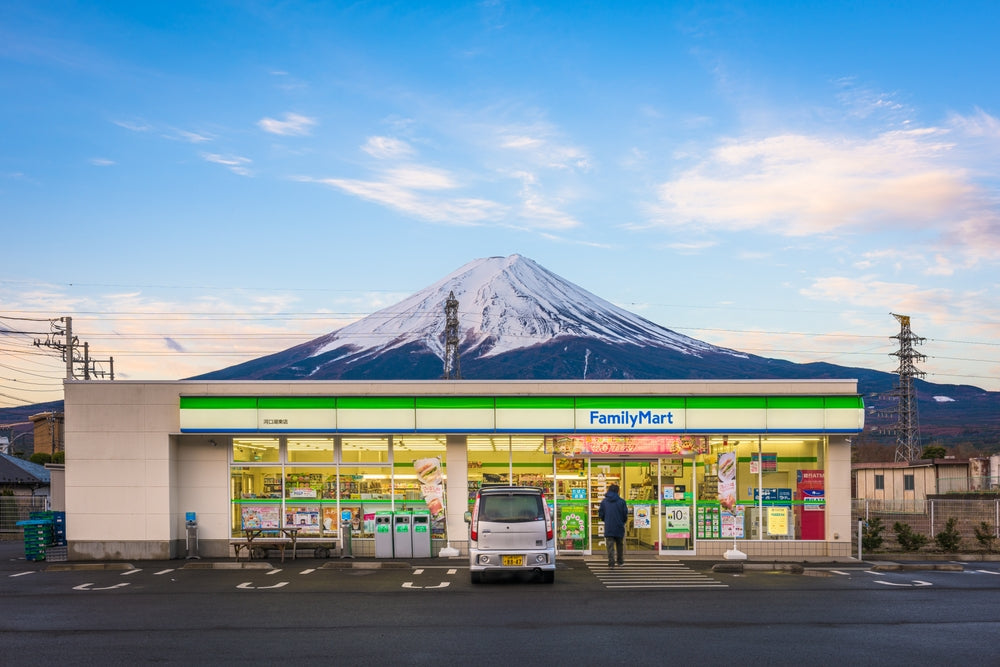Seasonal Wrapping Secrets: Furoshiki for Fall Gifting
If you want your gifts to reflect Japanese tradition, art, and culture, you should enclose them in furoshiki wrapping. This ultimate guide will reveal everything you need to know about furoshiki and its role in beautifully wrapped gifts. From the fabric’s history in bathhouses to its wrapping techniques, we’ll cover it all!
What Is Furoshiki?

Furoshiki is a traditional Japanese square cloth with various uses. It can be used for wrapping gifts, carrying items, or even as a fashion accessory. Traditionally, furoshiki are made from high-quality, expensive materials like silk or cotton. However, modern furoshiki are made from synthetic fabric such as polyester, nylon, and rayon.
Whatever the material, furoshiki is thicker and more expensive than regular wrapping cloth. The edges of the cloth are folded in and sewn, preventing the loosening of its threads. They are typically square-shaped, ranging from 45cm to 100cm in length. One rule of thumb is to find a furoshiki that is three times the size of the item you intend to wrap. Furoshiki is often designed with colorful patterns created by hand. Common motifs used in traditional designs include cranes, cherry blossoms, and chrysanthemums. These patterns are not just beautiful—they also represent Japanese cultural heritage and have done so for centuries.
A Brief History of Furoshiki in Japan

Furoshiki dates back to 1,200 years ago, sometime in the Nara period (710-794). At the time, people called it “tsutsumi” (“wrapping”) and used it to protect valuable items in the temple. However, in the Heian era (794-1185), its usage expanded slightly to include the wrapping of expensive cloths.
During the Muromachi era (1336-1573), Shogun Yoshimitsu Ashikaga created a popular bathhouse in the city of Kyoto. His establishment was so famous that high-ranking lords became some of its best customers. When these lords visited the bathhouse, they wrapped their kimonos and belongings in clothes adorned with their family crests. This practice brought about the name “furo-shiki,” which literally translates to “bath spread.”
Furoshiki reached peak popularity in the Edo period (1603–1868), at a time when bathhouses were more accessible to the general public. By the next century, people were using it in everyday life, such as for wrapping bento (a traditional lunch box). Today, Japanese cultural etiquette encourages the use of furoshiki for wrapping casual and formal gifts.
Why Furoshiki Is Perfect for Fall Gifting

This fall, wrapping gifts in furoshiki will greatly enhance the value of your presents. The comforting texture of the fabric gift perfectly matches the cozy, thoughtful nature of autumn. Traditional furoshiki also feature lustrous colors that we can liken to the bright hues of autumn foliage. Furoshiki’s elegance signals respect to the recipient. Its seasonality and symbolic motifs also carry a lot of weight on special occasions, especially harvest festivals, seasonal gatherings, and holidays.
Furoshiki’s square-shaped design makes it ideal for gift wrapping or tying. The main pattern is placed on the lower half, so it appears centered when wrapped. Lastly, furoshiki is one of the most eco-friendly gift wrappers in the world.
Eco-Friendly and Sustainable Benefits of Furoshiki Wrapping Cloth

Eco-conscious givers should always consider furoshiki as a sustainable wrapper for their gifts. It’s the perfect alternative to paper gift wrap. Not only does it send a message about your commitment to sustainable practices, but it also exhibits your elegance. Unlike paper wrapping, furoshiki has tons of reuse value. Recipients can convert it into a shopping bag or use it to carry other items. The more people use furoshiki, the less wrapping paper ends up in garbage bins and landfills.
Furoshiki’s sustainability is one of the reasons for its recent global popularity. As a reusable gift wrap, it does a much better job at maintaining a waste-free environment than other gift wrap options, including biodegradable paper.
Types of Furoshiki Cloths

Furoshiki comes in different sizes, materials, and designs. In terms of sizes, a small furoshiki is a square piece that is 45 to 50 centimeters in both length and width. Medium-sized options are around 70 centimeters, and large versions can reach up to 100 centimeters.
Furoshiki can be made with natural or synthetic fabric materials. The natural fabrics are chirimen (Japanese crepe textile), silk, and cotton. Synthetic furoshiki are made from nylon, polyester, or rayon. If you want to use the traditional Japanese wrapping cloth for special or expensive gifts, we recommend silk or chirimen because of their elegant texture. For everyday use or simple gifting, you can use cotton or polyester because of its durability.
Designs that adorn the fabric may be traditional, contemporary, or a mix of both. These double-sided prints often symbolize cultural concepts or the changing seasons. For example, cherry blossoms represent spring, cranes portray longevity, and turtles symbolize wisdom. We’ll explore more about the different designs, motifs, and patterns next.
Seasonal Patterns and Colors for Autumn

This fall, you’ll find furoshiki decorated with autumn-themed motifs. These lovely prints do more than match the season. They also have cultural value thanks to their symbolic meaning. The most common autumn pattern is a cluster of maple leaves. If you find one adorned with a snake, don’t fret. It represents 2025’s zodiac animal, the Snake. Autumn colors include orange, red, yellow, and gold. They represent the vibrant, warm colors of foliage in fall.
Step-by-Step: How to Wrap with Furoshiki

In this section, you’ll learn simple wrapping styles for beginners. There are three common methods: otsukai-tsutsumi, binippon-tsutsumi, and hana-tsutsumi. Let’s dive in! Otsukai-tsutsumi is a basic square wrap used to enclose flat items like boxes. Below is a step-by-step guide on how to do it.
-
Lay the furoshiki on a flat surface, such as a table. The design side should face down, and one corner should point directly towards you (diamond shape).
-
Place the item in the center of the cloth.
-
Fold the bottom corner of the furoshiki over the item.
-
Fold the top corner the same way.
-
Grab the left and right corners and tie them into a knot. Be sure to keep it snug and tight.
Binippon-tsutsumi is the technique most suitable for wrapping wine bottles (or any kind of bottle). Here’s how to do it:
-
Lay the furoshiki on a flat surface. The design side should face down, and one corner should point directly towards you (diamond shape).
-
Place the bottle on the cloth, with its bottom touching the center and its cap pointing away from you.
-
Fold the bottom corner of the furoshiki over the bottle.
-
Wrap the end of that corner under the bottle.
-
Fold the top corner over the bottle.
-
Grab the left and right ends, fold them over the bottle, and twist them around each other.
-
Pick up the bottle and place it in a standing position.
-
Bring the two ends up and tie them together with a firm knot.
Hana-tsutsumi is perhaps the most popular style in Japan. It creates a wrapping that resembles a flower bouquet. Here’s how to wrap presents with the bouquet method:
-
Lay the furoshiki flat, pattern side down. Place your item in the center, then lift two opposite corners and pinch them together above it to form a triangle that covers the item.
-
While holding the top of the triangle with one hand, slide your other hand down to pinch the base of the triangle, right above the item. The remaining two corners will form the “ring” of the flower.
-
Wrap one end across the item and hold it in place, then wrap the other end the same way. Tie the two ends together loosely.
-
Fan out the fabric at the top of the triangle to smooth wrinkles. Lift each flap (“petal”), then press the center of the petal down into the ring to give it depth.
-
Gently arrange the fabric until the wraps resemble a blooming flower.
Creative Uses Beyond Wrapping

There are many ways to use furoshiki besides present wrapping. Its vibrant colors, elegant patterns, and square shape make it a stylish scarf. Use it to make yourself a silk scarf. One diagonal fold and you can drape it around your neck and tie its loose ends for a chic look. If you have one of the larger furoshiki sizes, you can use it as table décor. The fabric can even function as an alternative to plastic bags and reduce waste. With a string or ribbon, you can transform furoshiki into a tote bag or picnic bag. Sometimes, the designs on the fabric are captivating enough to use as wall art. For that to happen, you will need to fold it to the right size and secure it on a foam board with decorative pins.
Furoshiki Gift Pairing Ideas

For a complete Japanese-inspired gift, pair furoshiki with any of the following items:
-
Artisanal teas
-
Mochi sets
-
Small ceramic pieces
-
Snack box
-
Pillow set
Elegant Japanese Gift Wrapping with Bokksu Boutique Furoshiki

Thrill your loved ones with curated gift boxes from Bokksu Boutique. We have collections filled with delicious snacks, teas, artisan kitchen items, and more! You can also find ceramic sets and wagashi sets on our site. To wrap your gifts, use any of our elegant furoshiki wrappings. We’ve got various colors for you to choose from. Don’t forget to use our furoshiki tutorial to package your presents the right way.
Author Bio




